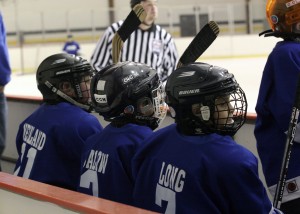
Photo by Battle Creek CVB
When I was a kid, one of the things I enjoyed most was sitting down to breakfast with a full jug of milk and box of cereal, and the comics section of my local newspaper. At the time, I couldn’t imagine a better start to my busy day. Included in the comics was always a small horoscope section which I would look at it to see if I could get some insight into how my hockey game was going to go later that day. I was always intrigued by the idea of being able to know what was going to happen based on your birthday.
As it turned out, my horoscope really didn’t do a good job at predicting how I was going to play later that day or for that matter, if my team was going to win. In fact, I was pretty sure it didn’t matter which horoscope I read, they all had an equal chance at guessing how my day would unfold. While reading a horoscope was a bust, there is still something to be said about your birthday and how things will pan out for your hockey development. When in the calendar year you are born makes a big difference in which team you make: house league; select; or rep AAA.
If you divide the calendar year into quarters, there are roughly an equal number of people with birthdays in each of the four divisions. However, when you make the same divisions and consider elite hockey teams such as those in the NHL, you find that there are far more players in the NHL born in the earliest quarter than the others, especially compared to the last quarter. Now this phenomenon is not only present at the highest levels. It can be traced all the way down to the first year or two of competitive play. Sport scientists have given it a name, the “relative age effect”.
Now the interesting thing about the relative age effect is that its cause is so straight forward and intuitive that it’s amazing that more people don’t know about it. More importantly, very few people seem to want to do anything about it. When competitive hockey first starts around age 7 or 8, and players are separated into teams by skill level, the coaches select the kids with the best skills. There is a huge developmental advantage for the kids with early in the year birthdays. Compared to those born late in the year, they have nearly a full year more of maturing, bringing with it more size, better coordination, and more cognitive development. More often than not, these early year kids are the ones selected for the top teams and rightly so. They are more skilled.
Once the kids get separated into different classifications (e.g., AAA, AA, A, etc.), the original differences in skills, which were primarily due to developmental age, get amplified. Typically, elite teams get better coaching, more ice time, access to more skill development resources, and play against better competition than their counterparts at the lower skill levels. When the next season rolls around and there are try-outs again, the early in the year kids now have an age advantage plus a hockey specific development advantage. The hockey specific advantage is like compound interest as the gap between the elite and the rest keeps growing year after year.
As it turns out, hockey isn’t the only sport that is afflicted with the relative age effect. In fact it is prevalent in most sports and it even shows up in everyday life. For example, those students born earlier in the school year are more likely to outperform those students born later in the school year. In some sports, you get the opposite effect (i.e., younger athletes are more likely to be selected to the top teams than the older athletes). Gymnastics is a good example of this. In this sport, it is advantageous to be smaller, so the younger, less physically developed kids are chosen over the more mature participants.
My questions to you are, is the relative age effect an issue that should be addressed? And, if you think it is, can you come with some possible solutions? You can leave your responses in the comments.

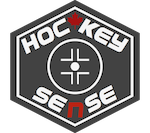
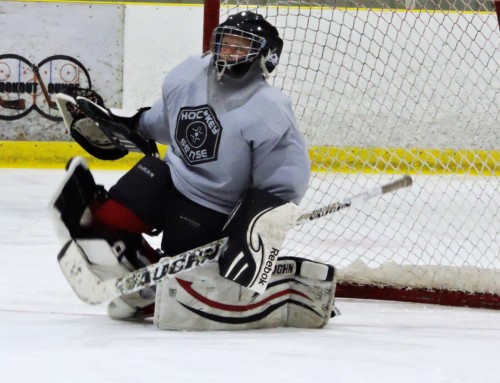
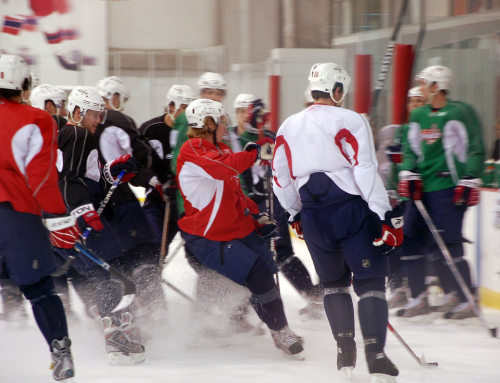
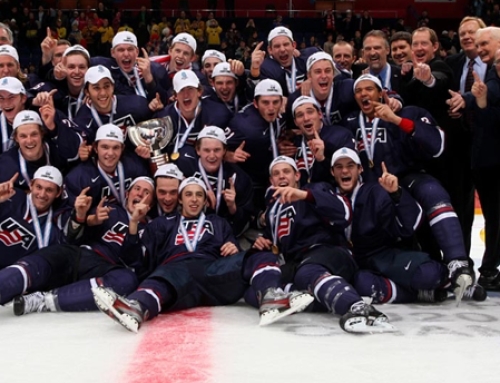
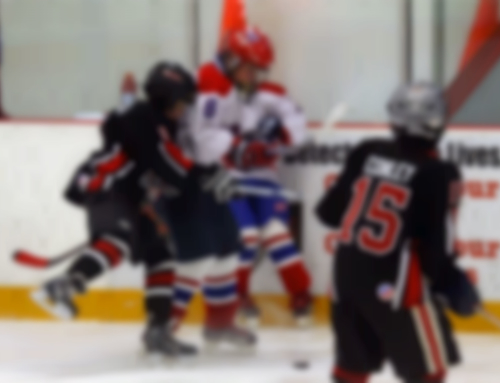
[…] little while ago I wrote about the relative age effect (RAE) in hockey and I thought I’d take another quick look at it. I think at an […]